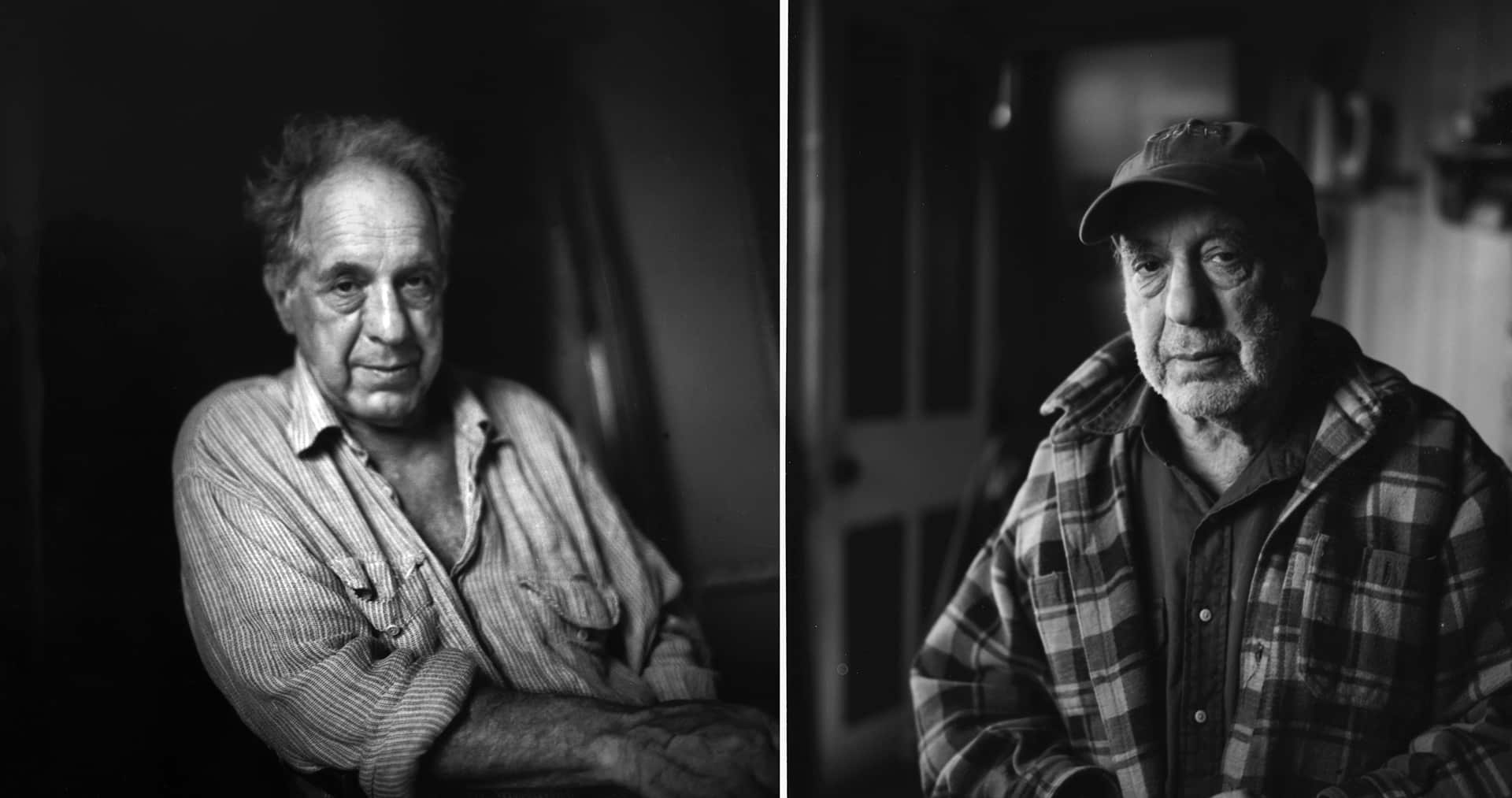They are the successors of Wright Morris, Walker Evans, Jakob Tuggener… Their images continue to enrich the world history of photography and our own impatient eyes. Blind shares the memories of some magical encounters with these virtuosos of the camera, soloists in black & white or in color, artists faithful to gelatin silver photography or bewitched by digital technologies. Today: Robert Frank, on the side of intuition.

You’re getting blind.
Don’t miss the best of visual arts. Subscribe for $9 per month or $108 $90 per year.
Already suscribed ?
Read More: Best Regards, Henri Cartier-Bresson


